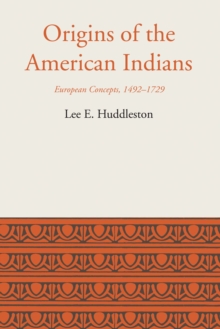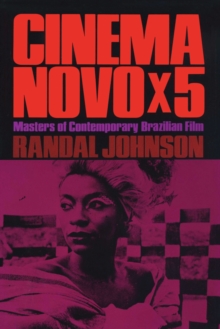
Struggle in the Andes : Peasant Political Mobilization in Peru Paperback / softback
by HOWARD HANDELMAN
Part of the LLILAS Latin American Monograph Series series
Paperback / softback
Description
A massive land-seizure movement first erupted in Peru in 1958 and spread across the Andean highlands in 1963–1964.
Several hundred peasant communities in the Peruvian Andes occupied neighboring haciendas in an attempt to retake lands they felt had been stolen from them over the years.
Hacienda peasants also participated in this movement, forming peasant sindicatos (unions) to improve their labor conditions. The land-seizure movement brought with it an upsurge in community political mobilization.
Throughout the highlands, village leaders banded together in regional federations, often allying themselves with progressive or radical urban groups.
Radical activists from labor unions and university student groups joined with indigenous peasant leaders, breaking down the highland peasantry’s traditional isolation from the political system. Struggle in the Andes is an analysis of the causes and consequences of extensive social and political mobilization among Peru’s peasant population in the 1960s.
In addition to describing the growth of the peasant land movement, Howard Handelman investigates the social and economic conditions that contributed to rural unrest.
Using data that he collected in forty-one diverse highland communities, Handelman examines the correlates of peasant political activity, concluding that land seizures in the traditional southern sierra had different origins and political implications than did unrest in the more socioeconomically modernized central highlands. The data suggest a model of peasant mobilization that calls into question prevailing scholarly hypotheses on the relationships between modernization, peasant political mobilization, and radicalization.
Handelman discusses the land-reform program and the accompanying rural mobilization that was being implemented by Peru’s reformist military regime.
Using his model of peasant mobilization, he speculates on the possible effects of the government’s contemporary programs on future peasant political behavior.
Information
-
Available to Order - This title is available to order, with delivery expected within 2 weeks
- Format:Paperback / softback
- Pages:322 pages
- Publisher:University of Texas Press
- Publication Date:01/01/1974
- Category:
- ISBN:9781477302750
Information
-
Available to Order - This title is available to order, with delivery expected within 2 weeks
- Format:Paperback / softback
- Pages:322 pages
- Publisher:University of Texas Press
- Publication Date:01/01/1974
- Category:
- ISBN:9781477302750










